The Pokémon franchise’s core titles were released in generations, which meant that each game had different Pokémon so following the Pokémon games in chronological order wasn’t very complicated. These days, finding the proper order to play every game is a bit more challenging.
Currently, there are over 15 games in the core Pokémon franchise and countless spin-offs, with Pokémon Go taking the crown for being the most popular one. So, what does that all mean for a chronological order now?
Here are all the Pokémon games from the core series in chronological order.
All Pokémon games in chronological order (by timeline)
Pokémon Legends: Arceus
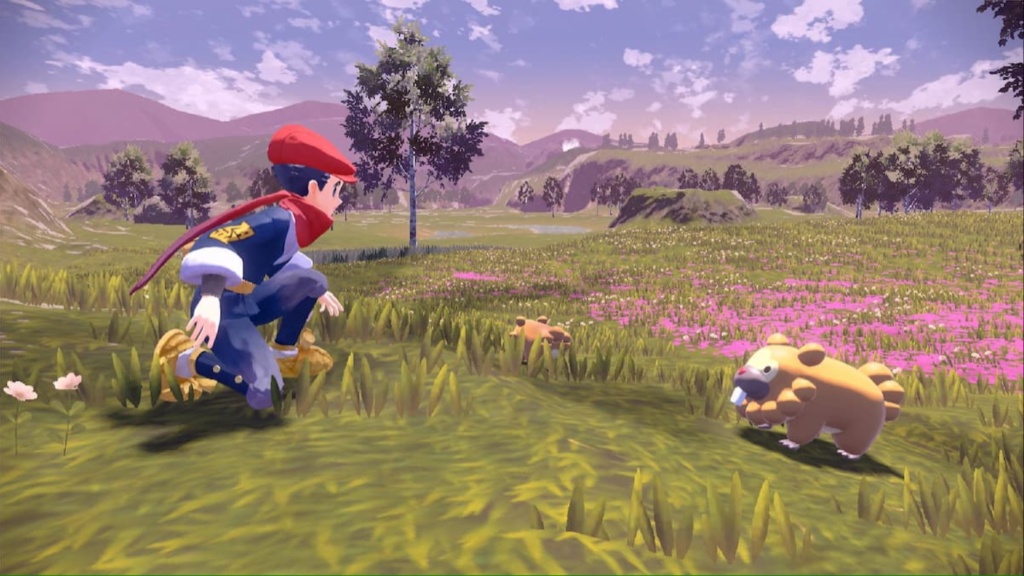
- Generation: 8th generation
- Platform: Nintendo Switch
- Release Date: Jan. 28, 2022
At this point in the release cycle, fans knew what to expect from Pokémon games. Despite trying to add something new to the equation in each iteration, the core gameplay experience stayed the same until Legends: Arceus took it to the next level. Legends: Arceus‘s semi-open world paved the way for a new experience and was even a breath of fresh air for veterans.
With Legends Arceus being a prequel to the Diamond and Pearl titles and taking place in the past, Legends Arceus claims the number one slot in the coveted franchise’s order.
Pokémon Red, Green, and Blue
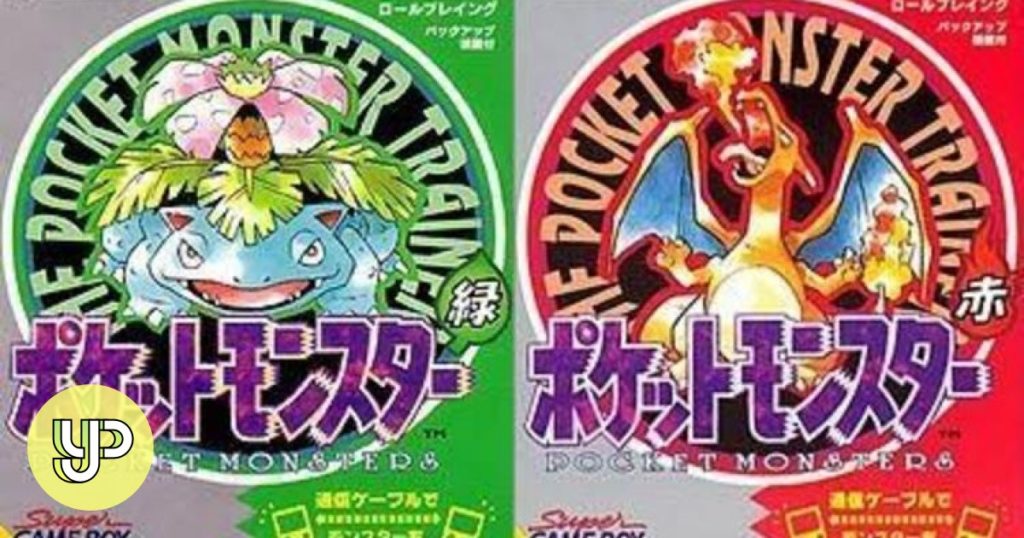
- Generation: First generation
- Platform: Nintendo Game Boy
- Release Date: Feb. 27, 1997, Sept. 28, 1998
Originally released exclusively in Japan, Pokémon Red and Green were the fire-starters of what would evolve into a phenomenon. Debuting with the first 151 species of Pokémon, the game featured the core mechanics of training, capturing, and battling Pokémon. The ultimate goal was to become the best by conquering the league and completing the Pokédex.
While the initial Japan release carried signs of future success, 1998 versions showed the full potential of the Pokémon franchise and the heights it could climb up to in terms of popularity.
Additionally, Pokémon FireRed and LeafGreen also take up this slot since they are remakes of the original titles that started the franchise.
Pokémon Yellow
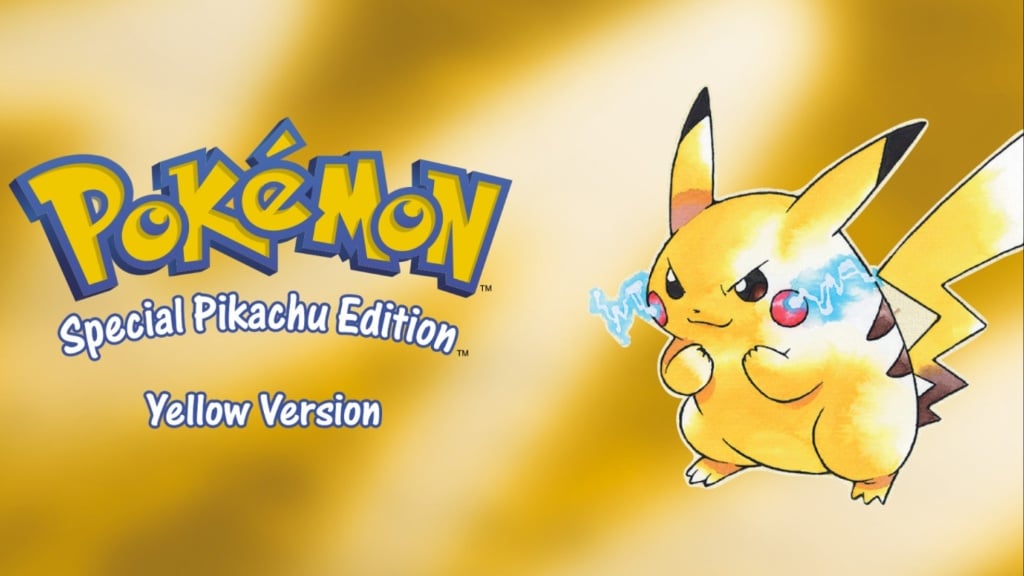
- Generation: First generation
- Platform: Nintendo Game Boy Color and Game Boy Color
- Release Date: Oct. 19, 1999
While technically belonging in the same column as Red, Green, and Blue in terms of their position chronologically, Yellow’s different take on its gameplay, protagonist, and partner Pikachu deserves its own entry to better serve the visual identity of this timeline better.
As the Pokémon franchise started building its global dynasty, its anime adaptation allowed it to reach all parts of the world. The number of new players looking to try out the games after seeing the anime was at unimaginable levels. It would only be right to offer them a similar experience.
Like other remakes, Pokémon: Let’s Go, Pikachu and Let’s Go, Eevee also occur here in the timeline.
Pokémon Ruby, Sapphire, and Emerald
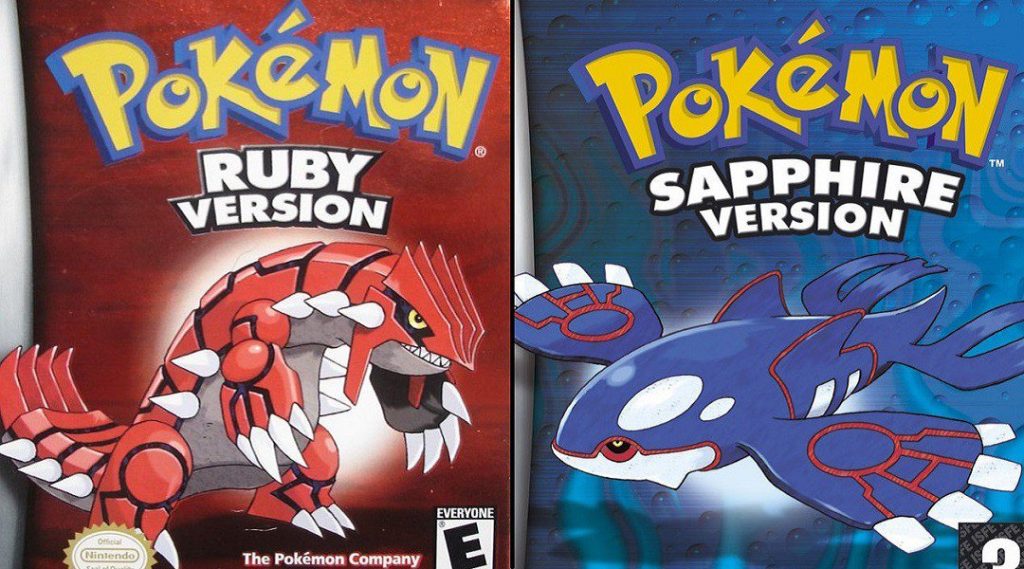
- Generation: Third generation
- Platform: Nintendo Game Boy Advance
- Release Date: March 19, 2003, September 16, 2004
While seeing Generation 3 come before Generation 2 may be confusing, according to some of Pokémon’s creators, generation 3 takes place simultaneously with Generation 1.
It was about time Nintendo released a Pokémon game on Nintendo Game Boy Advance, and it did so by introducing a new generation simultaneously. The third generation of Pokémon added 135 species to the franchise. The map was noticeably more detailed, and introducing two-vs-two battles was fresh air for anyone looking to become the best alongside their friend.
Pokémon Emerald could be considered as a DLC for Pokémon Ruby and Sapphire. Alongside refining the base gameplay experience, Emerald added the Battle Frontier area, where trainers could battle other trainers for Battle Points. These points could be used to unlock in-game rewards.
Like other remakes, Pokémon Omega Ruby and Alpha Sapphire also occur here in the timeline.
Pokémon Gold, Silver, and Crystal
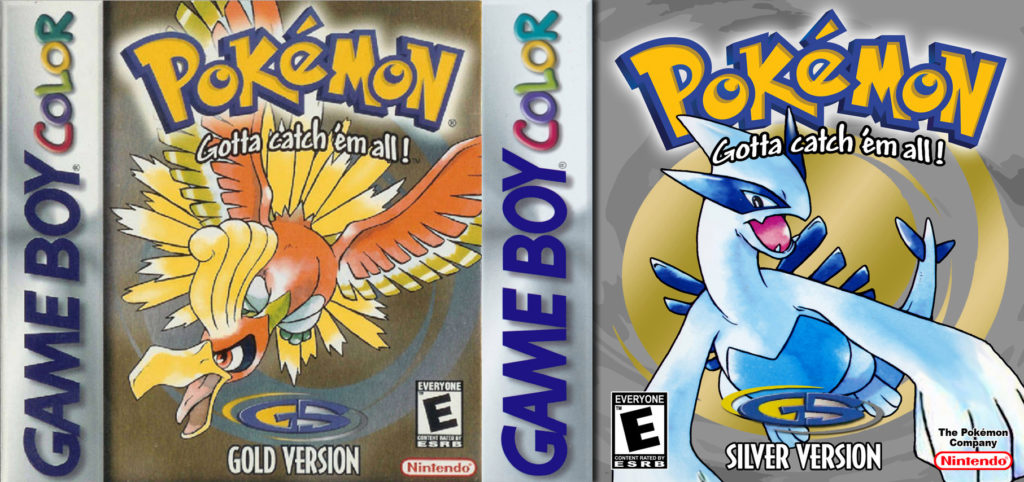
- Generation: Second generation
- Platform: Nintendo Game Boy Color
- Release Date: Oct. 15, 2000, July 19, 2001
New hardware enables developers to take their games to the next level. Nintendo’s Game Boy Color was a revolutionary product since gaming on the go meant playing on black and white color palettes until that point in time.
Alongside a new look, an additional 100 new Pokémon were added to the game as generation 2. Pokémon Gold and Silver also increased replayability by allowing players to travel back to the Kanto region to take on the eight original Gyms after completing the story.
Starting with early 2000, Game Freak started to focus more on giving players more options to customize their gaming experience. Pokémon Crystal was the first title in the series that let players choose their gender before starting their adventure.
Like other remakes, Pokémon HeartGold and SoulSilver also occur here in the timeline.
Pokémon Diamond, Pearl, and Platinum
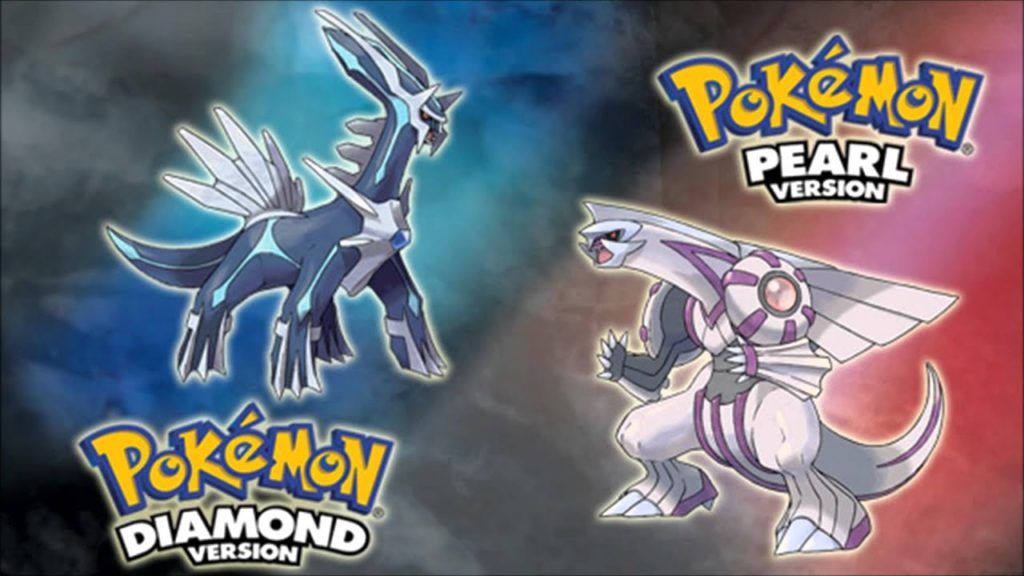
- Generation: Fourth generation
- Platform: Nintendo DS
- Release Date: April 22, 2007, March 22, 2009
It was finally time for the Pokémon franchise to make its first appearance on Nintendo DS. The console’s dual-screen functionality prolonged the development process for the new title, but a new generation of Pokémon was more than enough to make up for it.
Pokémon Platinum was a follow-up title for Diamond and Pearl. The game invited players back to Sinnoh in an alternate dimension in addition to the more refined gameplay elements. The most notable changes were the different versions of the existing legendaries and the new legendary Pokémon, Giratina.
Like other remakes, Pokémon Brilliant Diamond and Shining Pearl also occur here in the timeline.
Pokémon Black and White
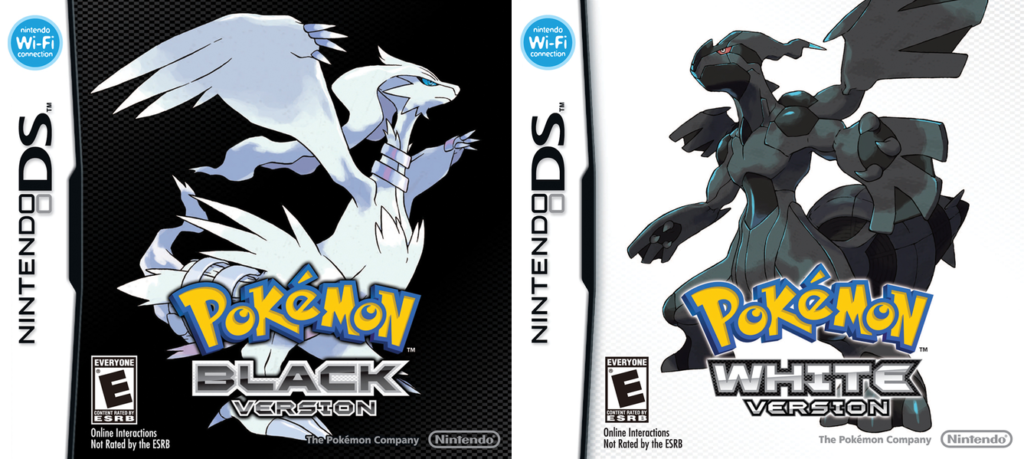
- Generation: Fifth generation
- Platform: Nintendo DS
- Release Date: March 6, 2011
Though this wasn’t a console upgrade, it was about time to release another generation. The fifth generation of Pokémon added 156 new entries to the Pokédex and a new region named Unova. New battle types, like Triple Battle and Rotation, were also introduced, spicing up the core gameplay for the series veterans.
Pokémon Black 2 and White 2
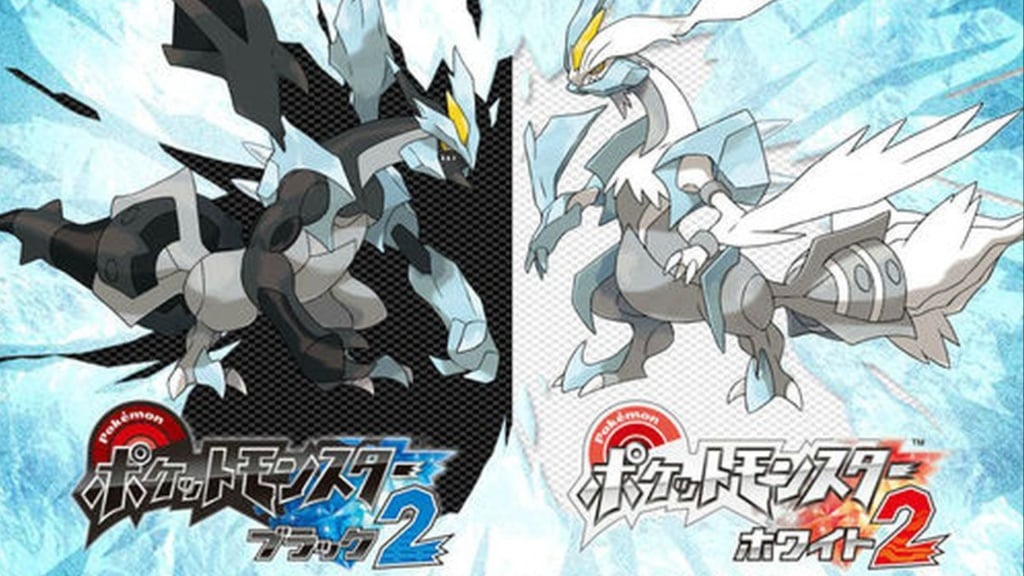
- Generation: Fifth generation
- Platform: Nintendo DS
- Release Date: Oct. 7, 2012
Pokémon Black 2 and White 2 was the first time Nintendo released a back-to-back sequel in the following year. Despite featuring the same mechanics, Pokémon Black 2 and White 2 had a unique value proposition to separate themselves from other sequels.
The title invites the players back to the Unova region two years after the events that unfolded during the first Black and White games.
Pokémon X and Y
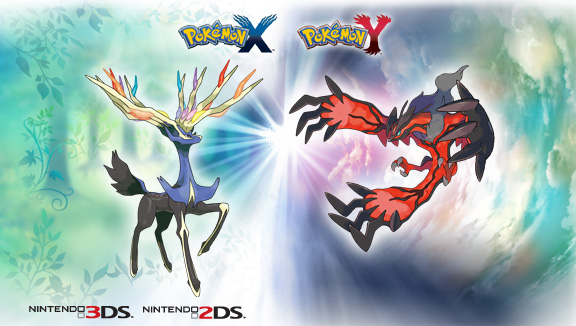
- Generation: Sixth generation
- Platform: Nintendo 3DS
- Release Date: Oct. 12, 2013
Another move to a new generation of consoles combined with a new generation of Pokémon species is Pokémon X and Y. Alongside new faces, the game brought many customization options, including choosing your hairstyle, clothing, and skin color.
Pokémon X and Y was also the first title to feature 3D graphics for environments fully, and the addition of Mega Evolutions was an excellent inclusion for the trainers who’ve mastered the Pokédex.
Pokémon Sun and Moon
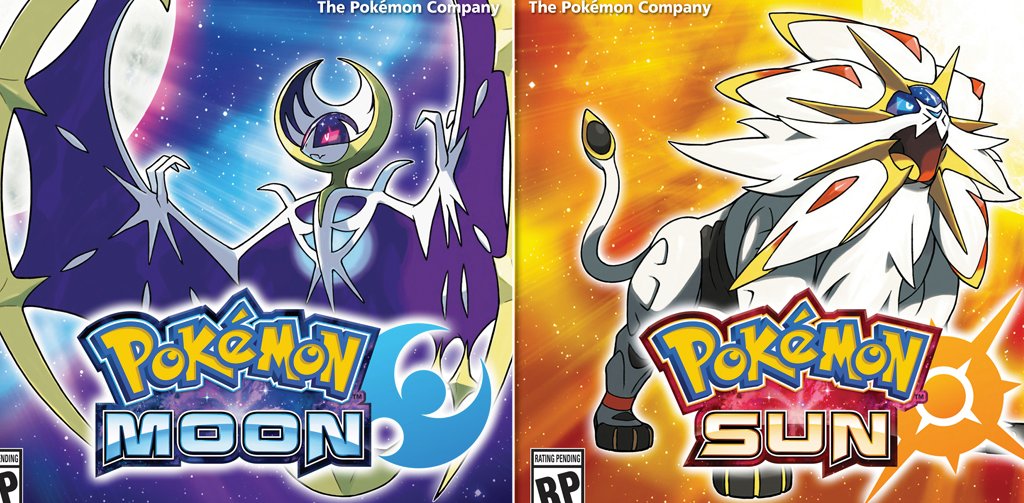
- Generation: Seventh generation
- Platform: Nintendo 3DS
- Release Date: Nov. 18, 2016
Debuting with 81 new Pokémon species, Pokémon Sun and Moon also changed the story line’s core characteristics in the Pokémon games. Players had grown accustomed to defeating all the eight Gyms before being able to take on the Elite Four, but Pokémon Sun and Moon changed that.
The storyline of the game requires players to complete trials before they can challenge an island’s Kahuna. Despite being relatively similar to the original storyline, the change ended up being controversial at the time.
Like other remakes or rereleases, Pokémon Ultra Sun and Ultra Moon also occur here in the timeline.
Pokémon Sword and Shield
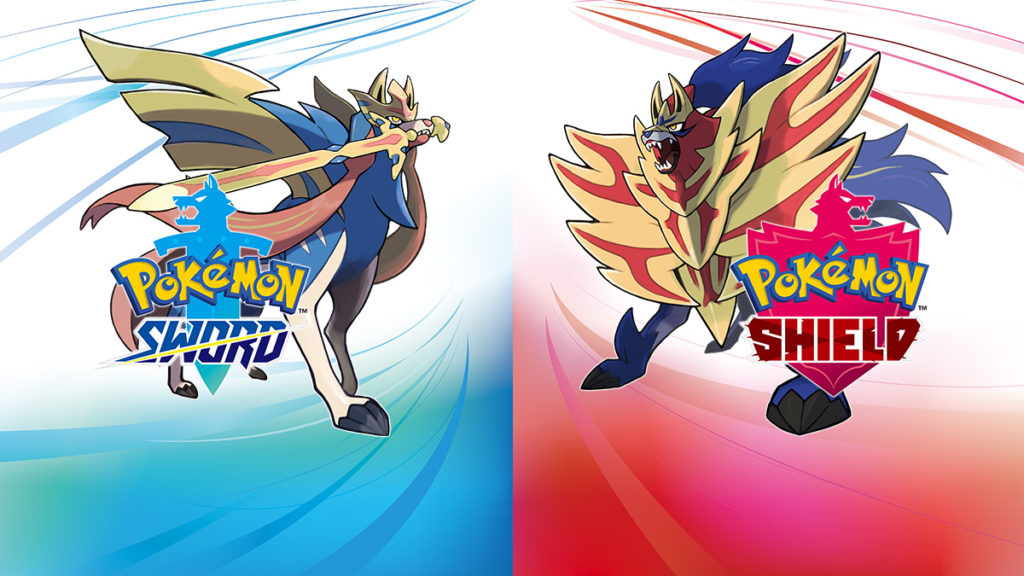
- Generation: Eighth generation
- Platform: Nintendo Switch
- Release Date: Nov. 15, 2019
While a remake of Pokémon Yellow helped introduce more fans to the franchise, veteran players were itching for a new adventure, especially on their Nintendo Switch. Pokémon Sword and Shield introduced the eighth generation of Pokémon and impressive 3D mechanics to the series.
The new Max Raid Battles improved the game’s online replayability, and the Dynamax evolutions gave trainers something to look for when developing their squad.
Pokémon Sword and Shield is also the first game of its type to add DLC. These are The Isle of Armor and The Crown Tundra. In my opinion, it’s best to play these DLCs after beating the main story as they add things to the main Wild Area we don’t really want to spoil, as well as expanding the world as a whole.
Pokémon Scarlet and Violet
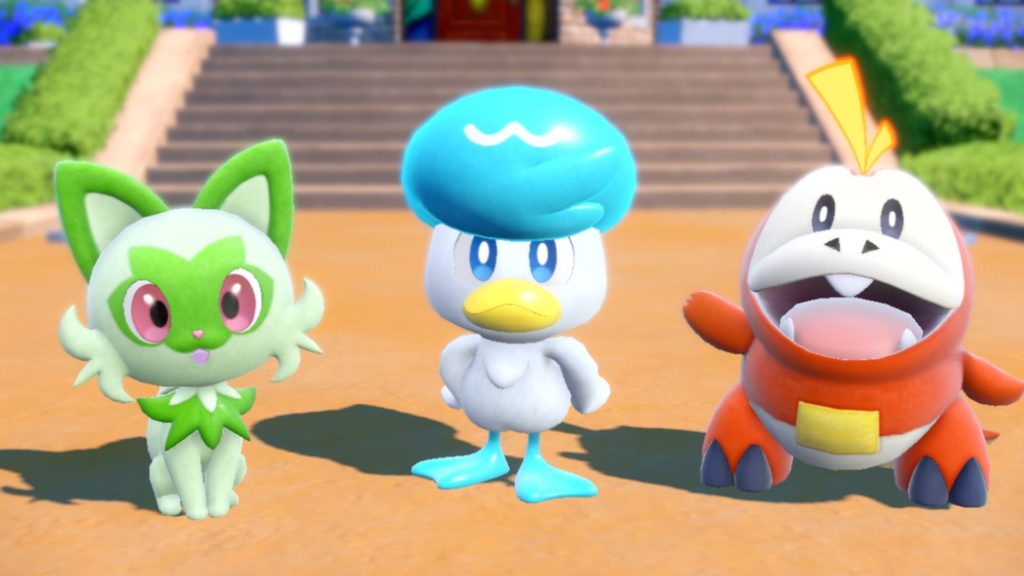
- Generation: Ninth generation
- Platform: Nintendo Switch
- Release Date: Nov. 18, 2022
Legends: Arceus was a successful experiment for the Pokémon franchise. Pokémon Scarlet and Violet refined everything that worked for Arceus while introducing the ninth generation of Pokémon to the series.
These are also the second games in the series to add DLC, with The Teal Mask and The Indigo Disk. Unlike the previous games, we would advise tackling The Teal Mask sometime in the middle of your adventure. Think of it like a pit stop to go on a school tour, whereas The Indigo Disk should be the final adventure you go in as the ultimate finale.
Pokémon games in release order
While some seek out the Pokémon games experience in chronological order, others stand by the release order. Here are the games in order of release.
- Pokémon Red and Blue – February 27, 1996 – Game Boy
- Pokémon Yellow – Game Boy – September 12, 1998 – Game Boy
- Pokémon Gold and Silver – November 21, 1999 – Game Boy Color
- Pokémon Crystal – December 14, 2000 – Game Boy Color
- Pokémon Ruby and Sapphire – November 21, 2002 – Game Boy Advance
- Pokémon FireRed and LeafGreen – January 28, 2004 – Game Boy Advance
- Pokémon Emerald – Sepember 16, 2004 – Game Boy Advance
- Pokémon Diamond and Pearl – September 28, 2006 – Nintendo DS
- Pokémon Platinum – September 13, 2008 – Nintendo DS
- Pokémon HeartGold and SoulSilver – September 12, 2009 – Nintendo DS
- Pokémon Black and White – September 18, 2010 – Nintendo DS
- Pokémon Black 2 and White 2 – June 23, 2012 – Nintendo DS
- Pokémon X and Y – October 13, 2013 – Nintendo 3DS
- Pokémon Omega Ruby and Alpha Sapphire – November 21, 2014 – Nintendo 3DS
- Pokémon Sun and Moon – November 18, 2016 – Nintendo 3DS
- Pokémon Ultra Sun and Ultra Moon – November 17, 2017 – Nintendo 3DS
- Pokémon Sword and Shield – November 15, 2019 – Nintendo Switch
- Pokémon Brilliant Diamond and Shining Pearl – November 19, 2021 – Nintendo Switch
- Pokémon Scarlet and Violet – November 18, 2022 – Nintendo Switch
Should you play the Pokémon games in order of timeline or release date?
I recommend playing the Pokémon games in release order since the first game in chronological order is a modern game. Jumping from play styles that early could hurt the overall experience and make the early games feel too dated. Release order could be the way to go.
However, for those who consider themselves huge fans, playing them chronologically could be an exciting experience if you have already played them all.


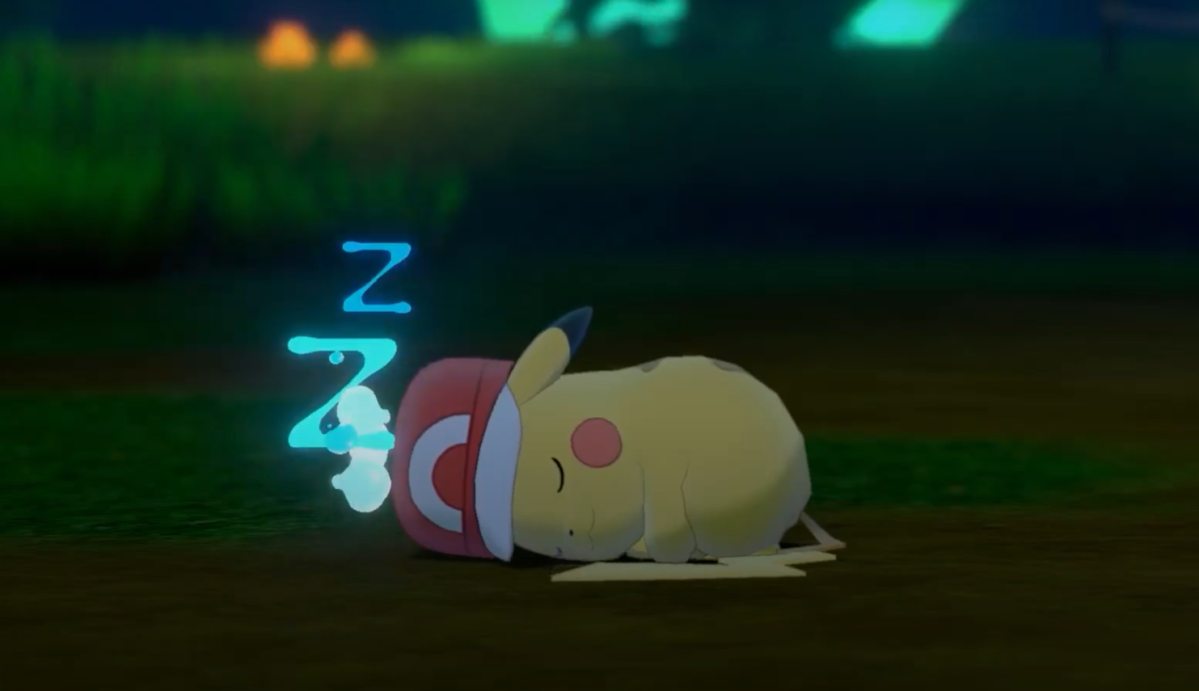
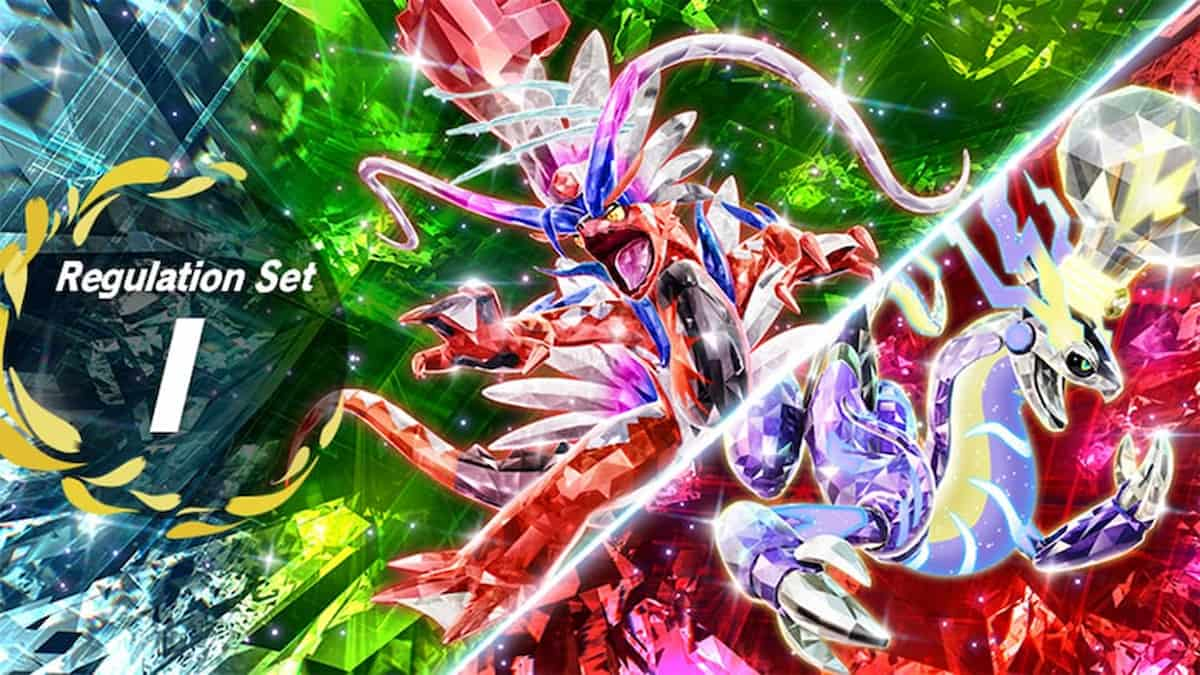

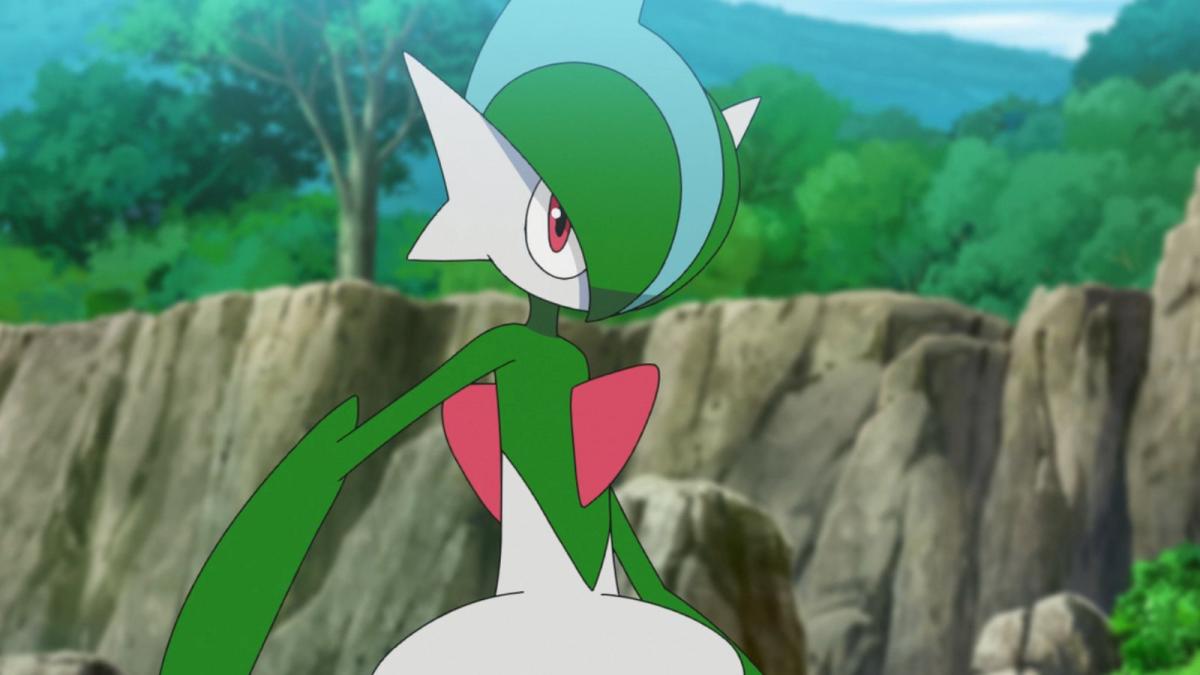

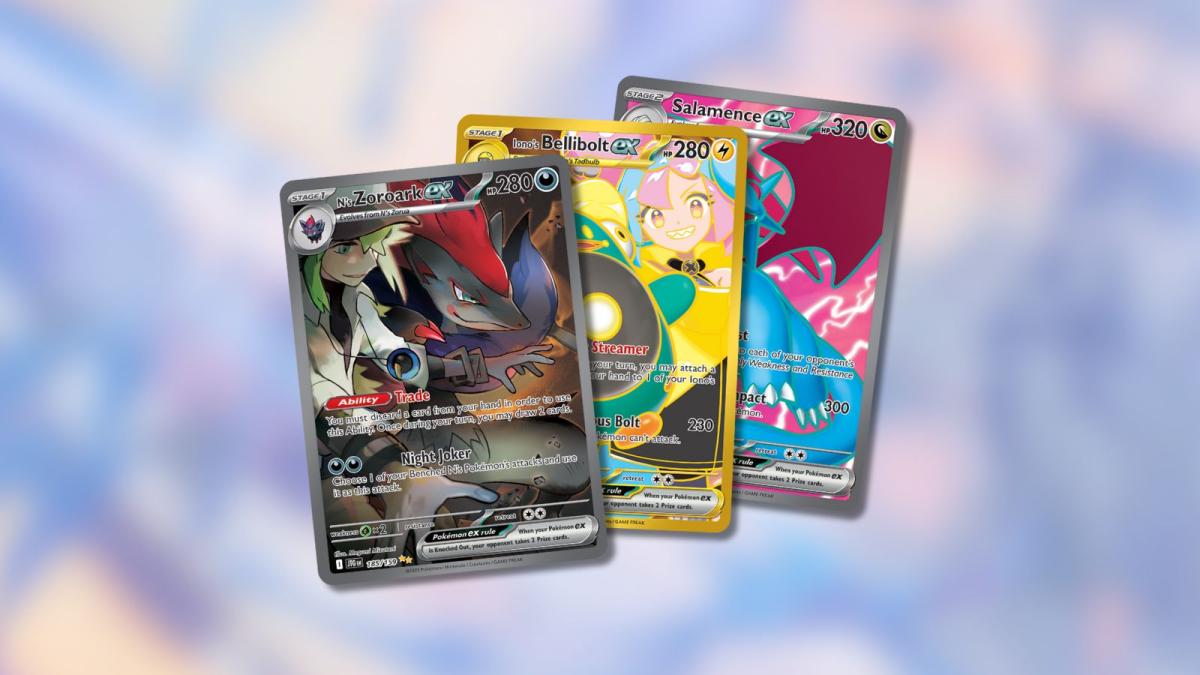
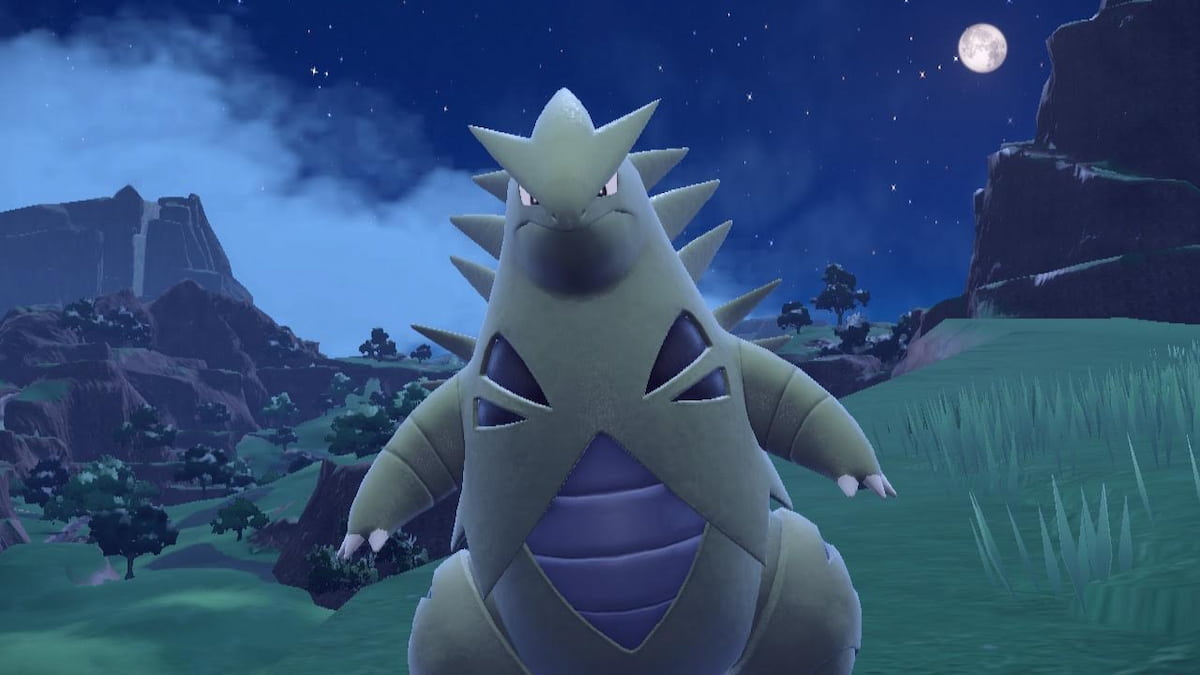
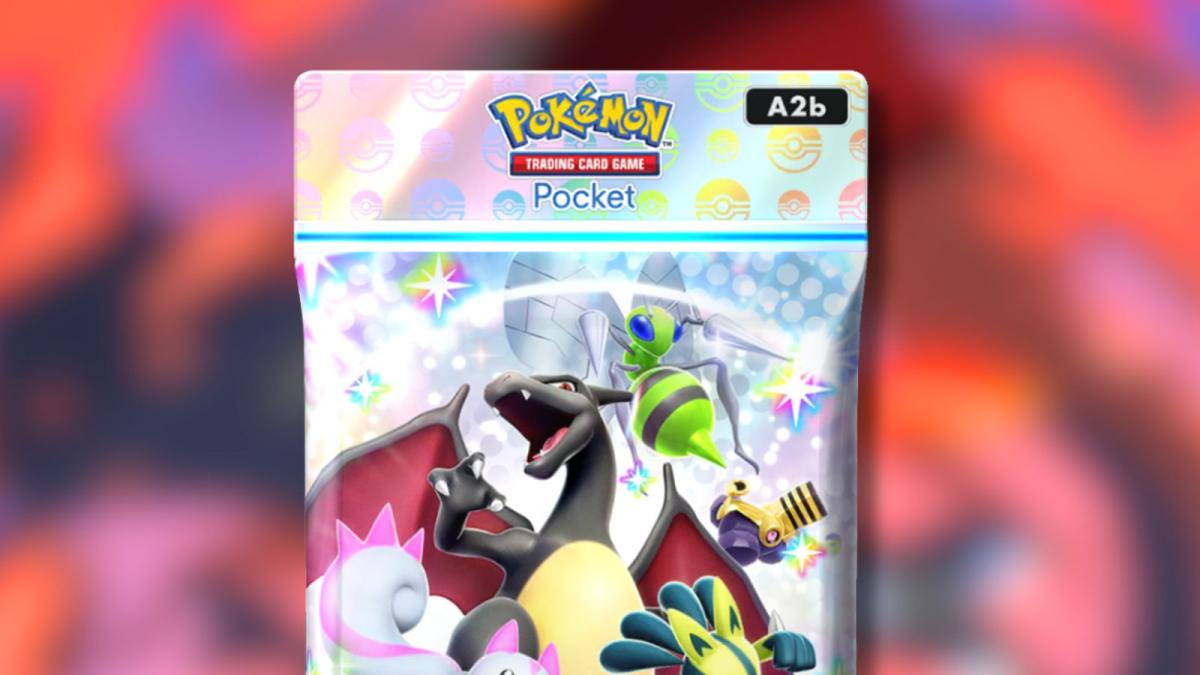
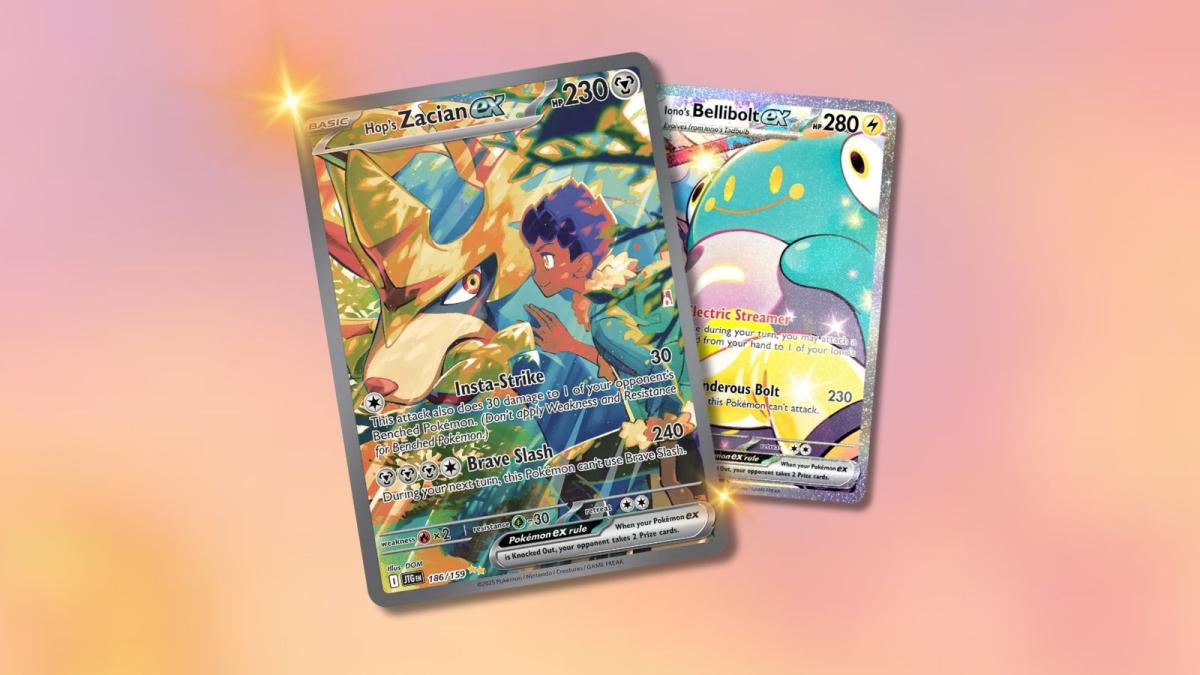


Published: Dec 2, 2023 10:05 am